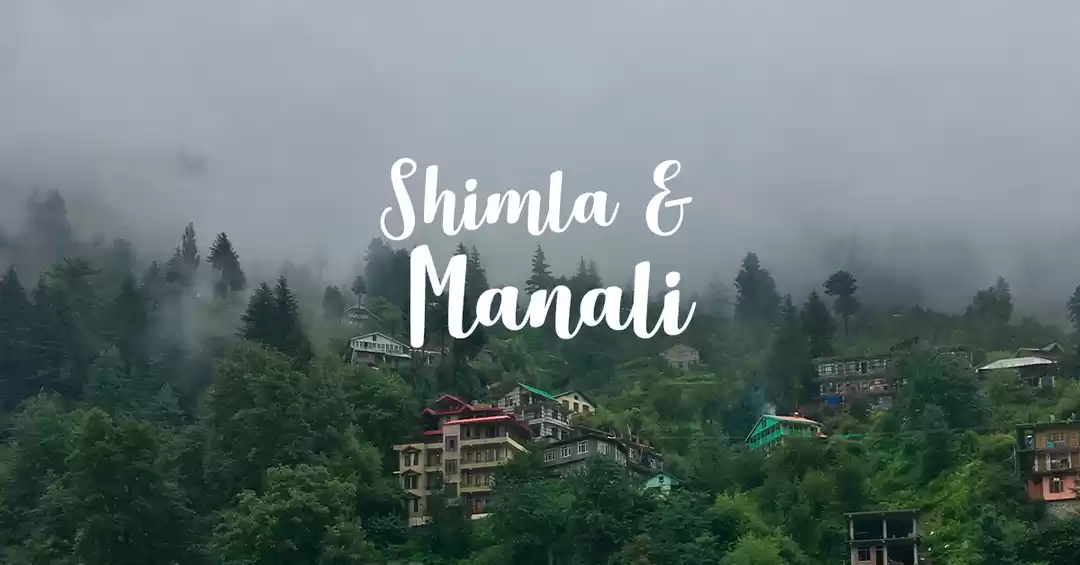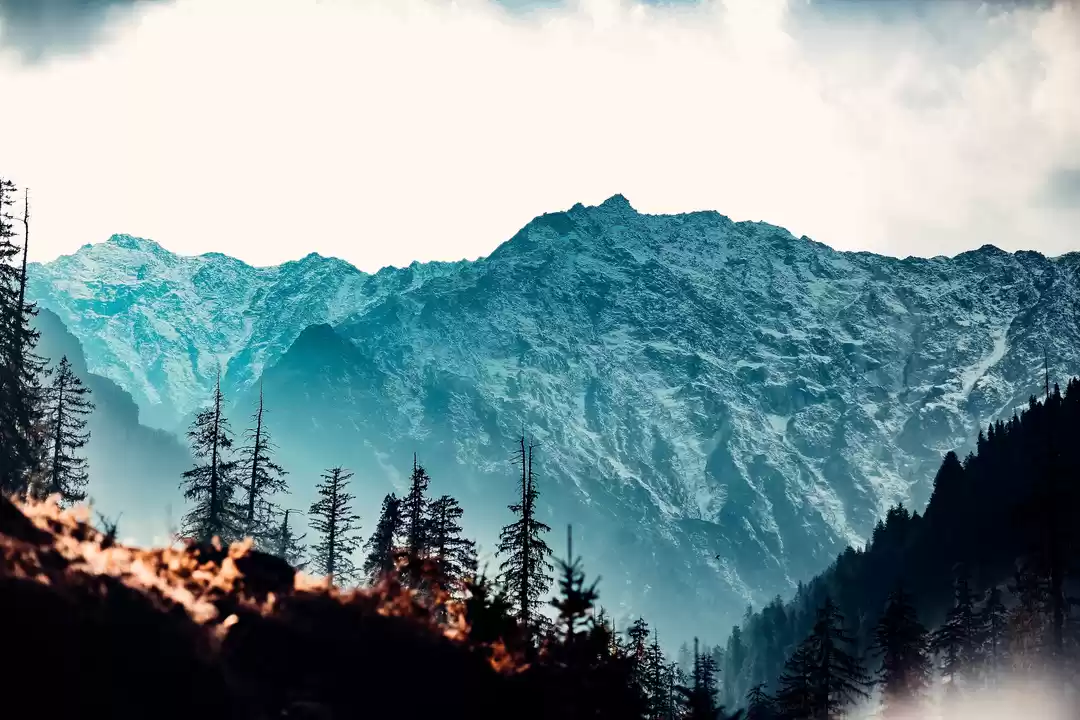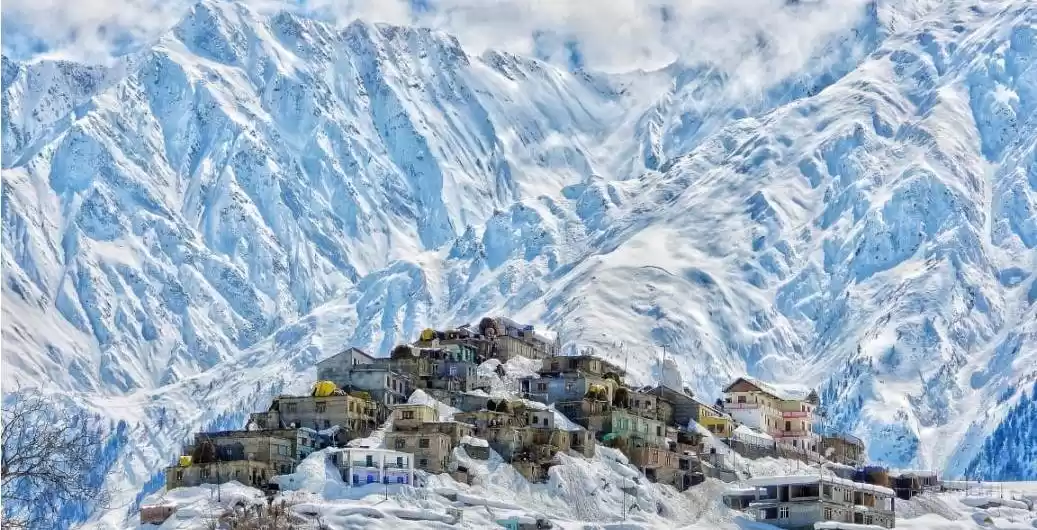
The Atal Tunnel is an architectural marvel in itself. This tunnel is at an altitude of above 3,000 meters in Himachal Pradesh. Border Roads Organisation (BRO) built this 9.02 km-long tunnel and is said to be the world’s longest highway tunnel and connects Manali to Lahaul-Spiti valley. It provides all-weather connectivity to the landlocked valley of Lahaul-Spiti, which remains cut-off for nearly six months in a year as the Rohtang Pass is usually snow-bound between November and April.
It took nearly a decade to construct this tunnel and was inaugurated in October 2020. It provides all-weather connectivity to the Lahaul Spiti Valley and northern India, reducing travel distance by 47 km and travel times by up to four hours.
Before the tunnel construction, the Lahaul Valley used to remain closed for vehicular movement due to bad weather conditions. Previously, access over the mountain pass was restricted to only six to eight months each year, due to heavy snowfall, avalanches and landslides. Approx. 20000 people of the Lahaul and Spiti Valleys were isolated.
Located in the Himalayas, the tunnel site featured complex topography and geologies including peaks of 5200m. The remoteness, accessibility and extreme altitude of the project presented enormous challenges to geological works, tunneling and mechanical and electrical installations.
About the Atal Tunnel
The tunnel is a horseshoe-shaped, single tube double lane tunnel with a roadway of 8 meters, has an overhead clearance of 5.525 meters. It is 10.5-metre wide and has a 3.6 x 2.25 meters fireproof emergency tunnel built into the main tunnel itself.

Facilitating two-way traffic, it is designed to cater to up to 3,000 vehicles per day in any weather conditions at a maximum vehicular speed of 80 km per hour. The tunnel is now the world’s longest at an altitude of over 10,000 feet.
Features of Tunnels
The Tunnel Is Equipped With Electromechanical System:
They designed the Atal Tunnel for a traffic density of 3000 cars and 1,500 trucks per day with a maximum speed of 80 km/hr. To take thing things up a notch, the tunnel has a top notch electromechanical system including semi transverse ventilation system.
The Tunnel Has Emergency Telephone Connections, Fire Hydrants & More:
The strategically designed tunnel also has excellent safety features built into it. There are emergency telephone connections at every 150 meters, fire hydrant mechanisms at every 60 meters and an auto incident detection system with CCTV cameras at every 250 meters. The tunnel is also equipped with air quality monitoring at every one kilometer, evacuation lighting and a broadcasting system throughout the tunnel.

Safety Measures:
Heavy snowfall in the Rohtang Pass area is a major concern, especially on the approach roads to the main tunnel. To prevent any damage to the roads and to ensure the safety of the roads and tunnel, avalanche control structures have been constructed. For heavy traffic, CCTV cameras are placed at regular intervals in the tunnel which are connected to two monitoring rooms on both ends of the tunnel for vehicular management and pollution monitoring. Pollution sensors continuously monitor the air quality in the tunnel and if the air quality in the tunnel is below the desired level, fresh air is injected into the tunnel via two heavy-duty fans on each side of the tunnel.
Also has an emergency route that has been built under the main tunnel. This will provide an emergency exit in case of any untoward incident. Telephone facility available at every 150 meters in the tunnel, fire hydrant every 60 meters, emergency exit every 500 meters, cave in every 2.2 km. Air quality monitoring systems i.e. air quality sensors are installed at each kilometer.

Challenges faced by locals and travelers before it was built:
Over the years, travelers have faced difficulty as they were left stranded at Rohtang or between the two passes —Rohtang and Kunzum for longer days. At times, Rohtang even saw fatalities.
Locals had no connectivity for about 6 to 8 months due to heavy snowfall which means no supply of food, medical facilities, or economic growth.
Benefits after the tunnel have opened:
1. Improve accessibility to medical care for the people of Lahaul, especially during the peak of winter. Moreover, transportation of perishable agricultural produce will also become easier ensuring more stable access to markets.
2. Thanks to the tunnel, the people of the Valley will have round-the-year road connectivity. The tunnel reduces the distance by 46 km between Manali and Leh and the travel time by about 4 to 5 hours. It is expected to boost tourism and winter sports in the region.
3. Himachal Pradesh government has decided to develop a tourism village at the landfill site adjoining the North Portal. There is also a huge scope of developing water sports and other adventure activities for thrill-seekers.
4. There are plans of landscaping the area around the tunnel out the culture and ethnicity of Lahaul and providing glass-roofed electric buses that will run through the tunnel by HPTDC(HP Tourism Development Corporation)
5. The influx of tourists to tribal Lahaul and Spiti district since the inauguration of Atal Tunnel across Rohtang Pass.
6. Easy accessibility to Lahaul and close by villages for breathtaking views.
Spots to visit near Atal Tunnel:
Keylong (29.3 km from Atal Tunnel)
Lahaul (32.3 km from Atal Tunnel)
Koksar (14.4 km from Atal Tunnel)
Hampta Pass (19.4 km from Atal Tunnel)
Deo Tibba (24.7 km from Atal Tunnel)
Tandi Village (25.1 km from Atal Tunnel)
Kailash Manimahesh (29 km from Atal Tunnel)
Rohtang Pass (34.2 km from Atal Tunnel)
Kareri Lake (50.8 km from Atal Tunnel)
Great Himalayan National Park (57.7 km from Atal Tunnel)
This newly built Atal Tunnel running across the Rohtang Pass will provide better access to the remote districts of Lahaul and Spiti in Himachal Pradesh which get cut off from the rest of the world in winters and intermittently over the summers owing to heavy snowfall. No wonder that locals from Manali and Lahaul are rejoicing the opening of the tunnel. They’re ecstatic at the possibilities of agriculture, horticulture and winter tourism in Lahaul. And with so much happening surely, we will be able to trek and visit to some beautiful spots nearby with much comfort and ease.
Think we missed out on something? Tell us about it in the comments below. Or write about it here on Tripoto and earn Tripoto Credits!
Earn credits and travel for free with Tripoto's weekend getaways, hotel stays and vacation packages!




































